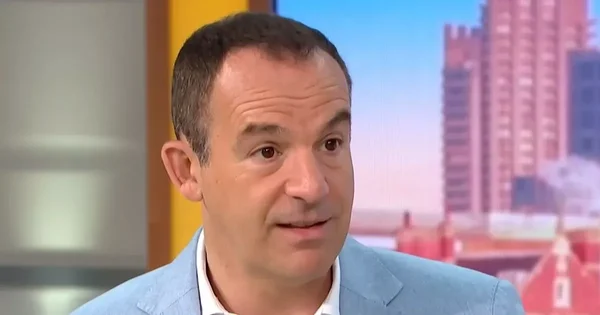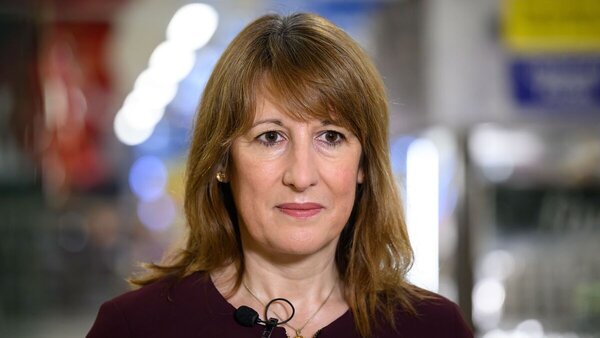Let’s Get Started...
Backdating charitable donations might not sound exciting, but it can make a real difference to your tax bill. If you’ve given to charity and forgotten to claim Gift Aid, HMRC allows you to go back and fix it, within strict limits.
From the four-year deadline to the evidence you’ll need, this guide explains how to backdate Gift Aid on your Self Assessment return and make sure you don’t miss out on valuable tax relief.
Can You Backdate Gift Aid Donations on a Self Assessment Return?
Yes, you can backdate Gift Aid donations on your Self Assessment tax return, but there are specific time limits and rules to follow. This can be a valuable way to claim tax relief you might have missed. Gift Aid allows charities to claim additional funds from the government at no extra cost to you as the donor.
Pie tax makes tracking your Gift Aid donations simple with automatic calculations and reminders for potential tax relief. Or if you’re just here to get to grips with it all, let’s break it down!

What is Gift Aid backdating?
Gift Aid backdating lets you claim tax relief on charitable donations from previous years that you haven’t yet included on your tax return. This applies to donations where you made a Gift Aid declaration at the time.
As an individual taxpayer, if you are a higher or additional rate taxpayer, you can benefit by claiming additional tax relief. Higher rate taxpayers, in particular, can claim back the difference in rate tax between their tax rate and the basic rate already claimed by the charity. This relief can significantly reduce your tax bill.
When you backdate Gift Aid, you’re essentially telling HMRC about donations you made in earlier tax years. The amount you can claim back depends on your rate tax, specifically the difference between your income tax rate and the basic rate. This allows you to receive tax relief that you’re entitled to but haven’t yet claimed.
Can you backdate Gift Aid donations on a Self Assessment return?
Yes, you can backdate Gift Aid donations for up to four years, allowing you to claim tax relief on past donations made within this period.
For example, if you’re completing your 2024/25 tax return (the current year), you can include Gift Aid donations made as far back as the 2020/21 tax year, as long as they fall within the up to four years window. This flexibility is particularly helpful if you’ve been busy or disorganised with your tax affairs, and lets you include donations from previous years.
The key requirement is that you must have paid enough tax in the relevant year, such as the previous year, to cover the Gift Aid claimed by the charity. This ensures the system isn’t abused. You can claim Gift Aid on past donations made in the previous year if you meet the eligibility criteria.
This backdating option is only available if you haven’t previously claimed for these past donations on an earlier tax return. HMRC won’t allow double-claiming for the same donations.
Time limits for backdating Gift Aid
HMRC sets a strict four-year time limit for backdating Gift Aid claims. Once this deadline passes, you permanently lose the opportunity to claim the tax relief.
This deadline runs from the end of the tax year in which you donated (5th April). For donations donated in the 2020/21 tax year, you must claim by 5th April 2025 for them to be eligible for backdating.
I once missed claiming for a substantial donation to a wildlife charity because I exceeded this time limit by just two weeks. It was a painful lesson that only donations that qualify, those meeting HMRC’s eligibility criteria, can be claimed within this four-year window.
HMRC doesn’t offer extensions to these deadlines, so it’s worth reviewing your charitable giving regularly. Setting a calendar reminder can help ensure you don’t miss out.

How to backdate Gift Aid on your Self Assessment
To backdate Gift Aid, go to the “Charitable giving” section of your Self Assessment tax return. This section appears in both the online and paper versions of the return.
Enter the total Gift Aid donations made in previous years that you haven’t yet claimed for. Make sure you separate these from donations made in the current tax year.
Make sure you only include donations where you made a Gift Aid declaration to the charity. When making a donation, you must tick the Gift Aid box to authorise the charity to claim Gift Aid on your behalf. Without this declaration, the donation doesn’t qualify for Gift Aid.
Only donations of money (not goods or services) are eligible for Gift Aid. Keep all donation receipts, confirmation emails and bank statements as evidence. HMRC might ask for these documents if they review your return.
Charity claims are processed by HMRC based on the information you provide in your tax return.
If you’re using HMRC’s online service, the system will automatically calculate the tax relief by claiming Gift Aid based on your donations and tax rate. This makes the process relatively straightforward.
Common mistakes when backdating Gift Aid
A common error is claiming for donations where you didn’t actually make a Gift Aid declaration at the time. Only donations with valid declarations qualify for tax relief.
Another mistake is claiming for more donations than your income tax liability for that year. You must have paid enough tax to cover the Gift Aid the charity reclaims.
If you stop paying enough tax, you must notify the charity to stop claiming Gift Aid on your donations. Failing to do so could mean you have to repay HMRC for any overclaimed tax relief.
Some taxpayers accidentally double-count donations they’ve already claimed in previous returns. You must pay enough tax in the relevant year to avoid issues. This can trigger an HMRC investigation and potential penalties.
Missing the four-year deadline is an unfortunate but common error. Once the deadline passes, you permanently lose the opportunity to claim the relief. If you stop paying tax, you should also stop claiming Gift Aid to avoid complications.
Claiming for donations made by someone else, such as your spouse, is also not allowed. Each taxpayer must claim their own donations on their own tax return.

Tax benefits of backdated Gift Aid claims
Backdating Gift Aid can result in tax refunds if you’re a higher or additional rate taxpayer. If you pay higher rate tax, you can claim additional relief through your Self Assessment tax return, reclaiming the difference between the basic and higher rate. These refunds can be substantial if you’ve made significant charitable donations.
These claims might push your income below certain thresholds, potentially unlocking other tax benefits. If you pay higher rate tax, backdating can help preserve child benefit or personal allowances.
If your tax rate was higher in previous years than it is now, backdating can be particularly valuable. You’ll receive relief at the higher rate you paid at the time.
Backdated claims can help offset tax liabilities from taxable profits, such as business or investment income. This can reduce your overall tax bill significantly.
The tax relief might also reduce your payments on account for the current tax year. Paying enough tax is essential to benefit from these reliefs, as your Gift Aid claim depends on having paid sufficient income or capital gains tax. This improves your cash flow by lowering your interim tax payments.

Final Thoughts
Backdating Gift Aid donations is a legitimate way to claim tax relief you’re entitled to but might have overlooked. Backdating can make a huge difference to your tax bill and the support charities receive. It’s worth taking the time to review your donation history.
The four-year time limit is strict, so check your donation records regularly to ensure you don’t miss out. Once the deadline passes, the opportunity is gone forever.
Always keep proper records of your charitable giving, including Gift Aid declarations. Good record-keeping makes the claiming process much simpler and protects you in case of HMRC enquiries.
If you have substantial donations or a complex tax situation, getting professional advice can help you maximise your tax relief. Also, consider using Gift Aid for your future donations to ensure you continue to benefit from tax relief and support your chosen charities effectively. The savings often outweigh any fees involved.
Pie tax: Simplifying Gift Aid Tax Claims
Claiming backdated Gift Aid doesn’t need to be complicated when you have the right tools. Pie tax makes the entire process straightforward and stress-free.
Our app integrates with HM Revenue systems, ensuring your Gift Aid claims are accurately reported on your Self Assessment. This minimises the risk of errors and gives you peace of mind.
Why not explore how Pie tax works if you want to make Gift Aid claims easier?











